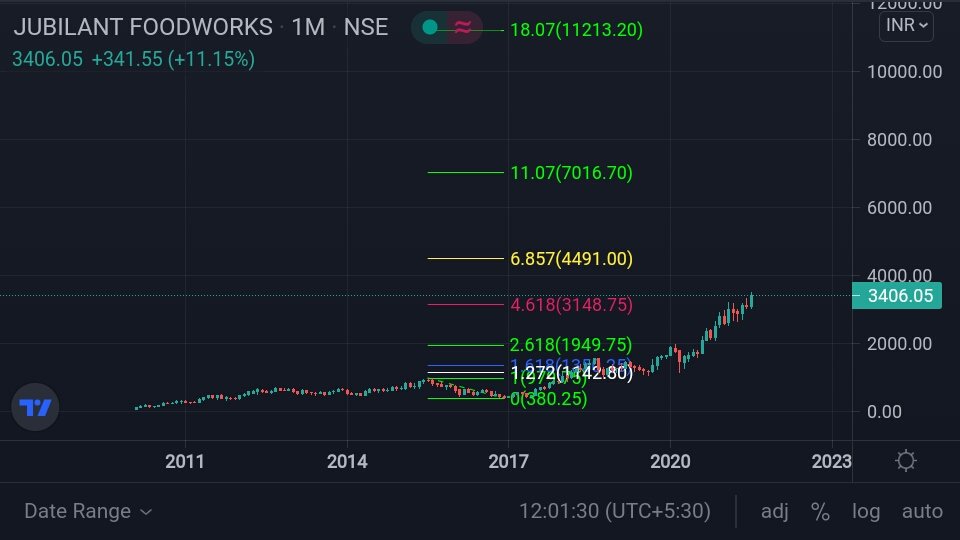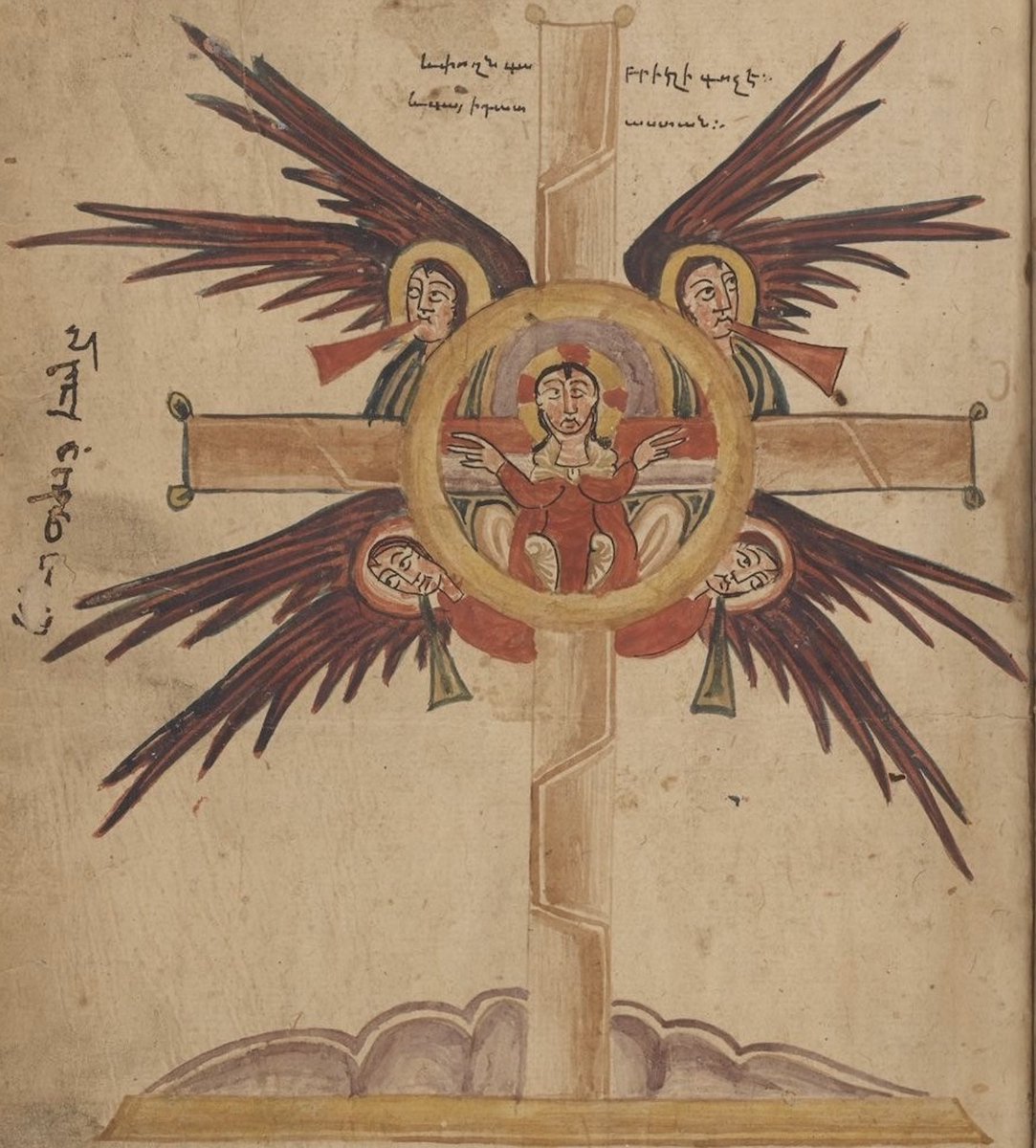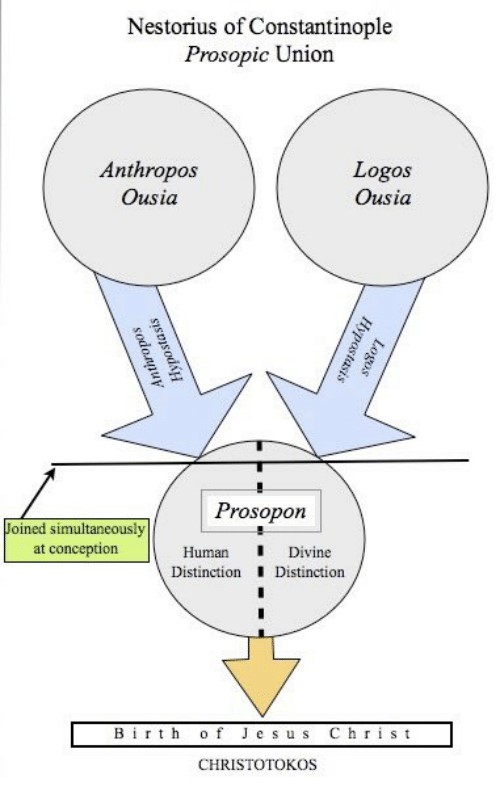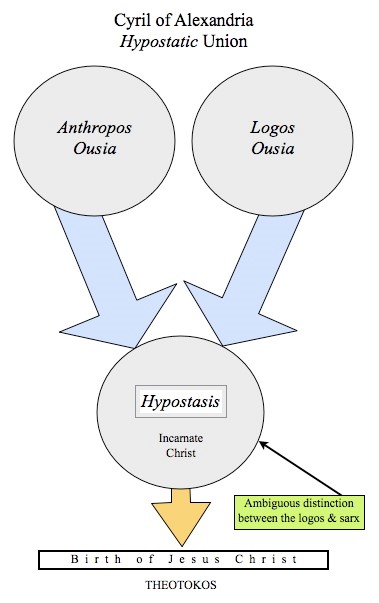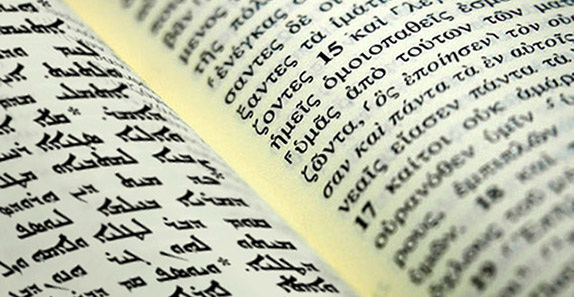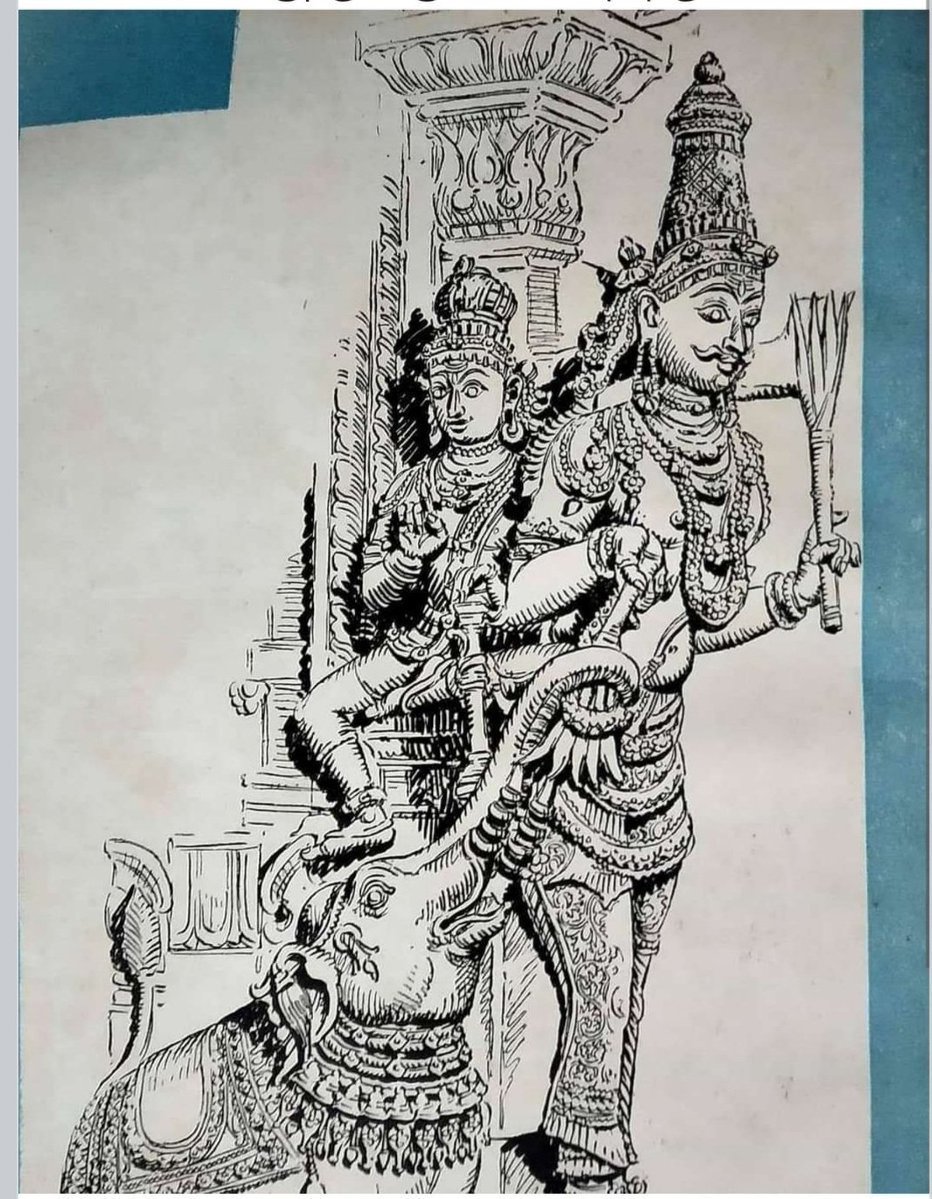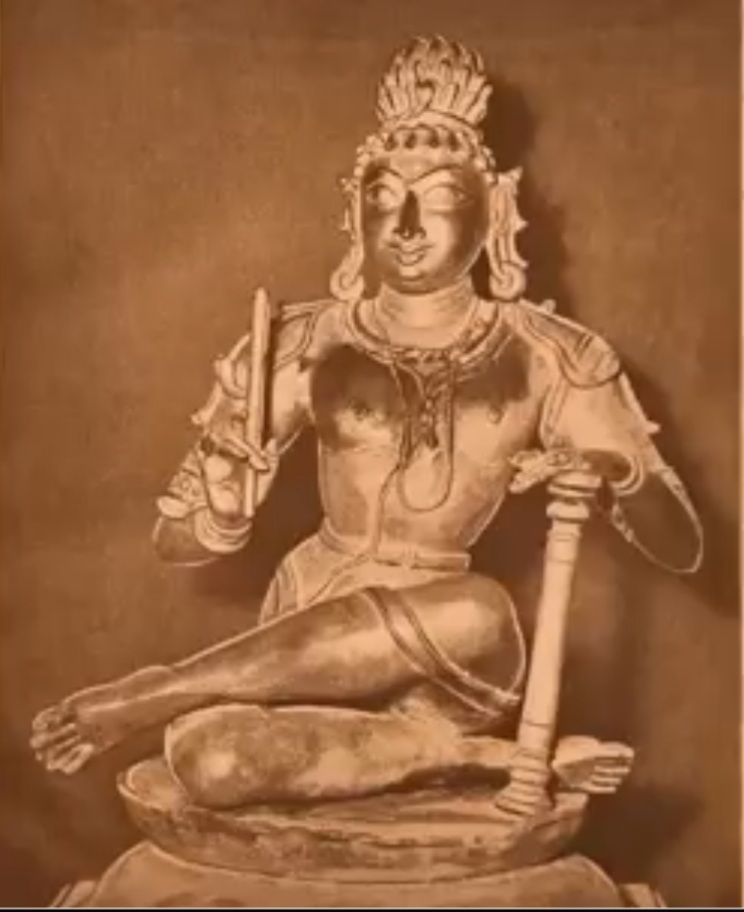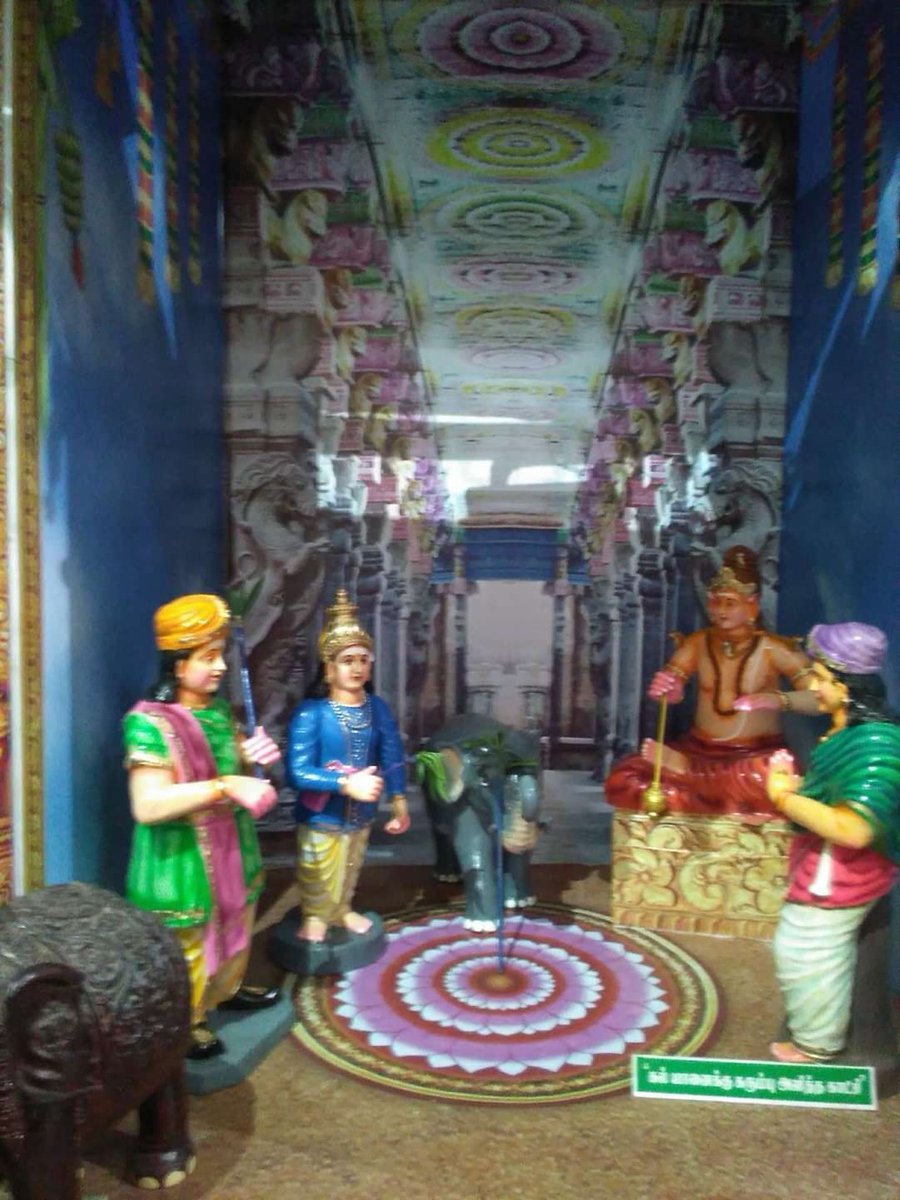#Swing View
#JUBLFOOD Future (CMP - 3706) SHORT Range @3720-30 for Target - 3601/3320 with STOP LOSS - 3823.
More from Jublfood
#jubilantfoodworks @ 2443, an "abc" correction is "almost" done fm 4575
Holding 2500 & moving past 2615 would be the 1st sign of reversal attempt
Only +ve factor "Highly oversold"-meant for aggressive traders
Conservative traders wait for some "Bull candle" formation in Day t/f https://t.co/NbwmqJxo0W

Holding 2500 & moving past 2615 would be the 1st sign of reversal attempt
Only +ve factor "Highly oversold"-meant for aggressive traders
Conservative traders wait for some "Bull candle" formation in Day t/f https://t.co/NbwmqJxo0W

sir view on jubilant food works pls
— om namo venkatesaya (@being__trader) March 21, 2022



